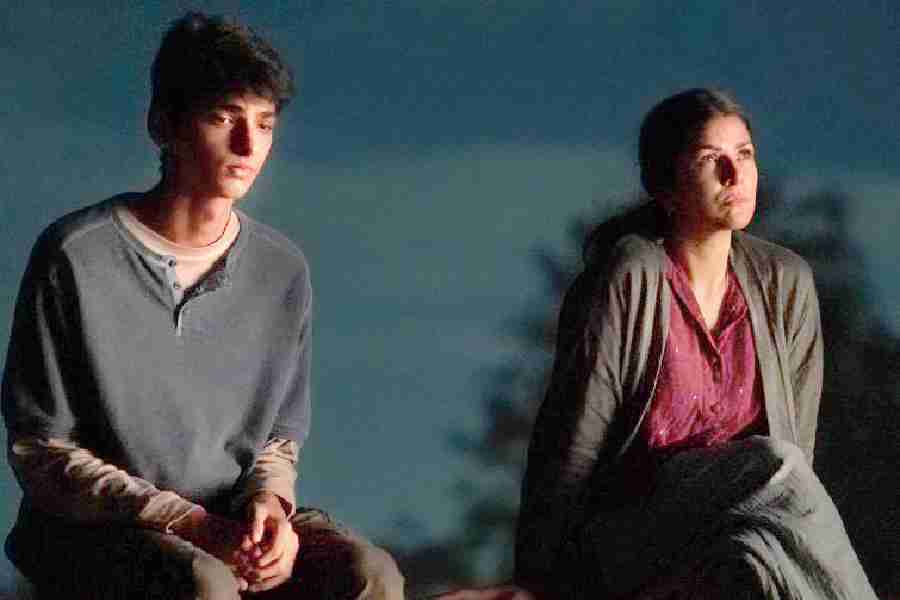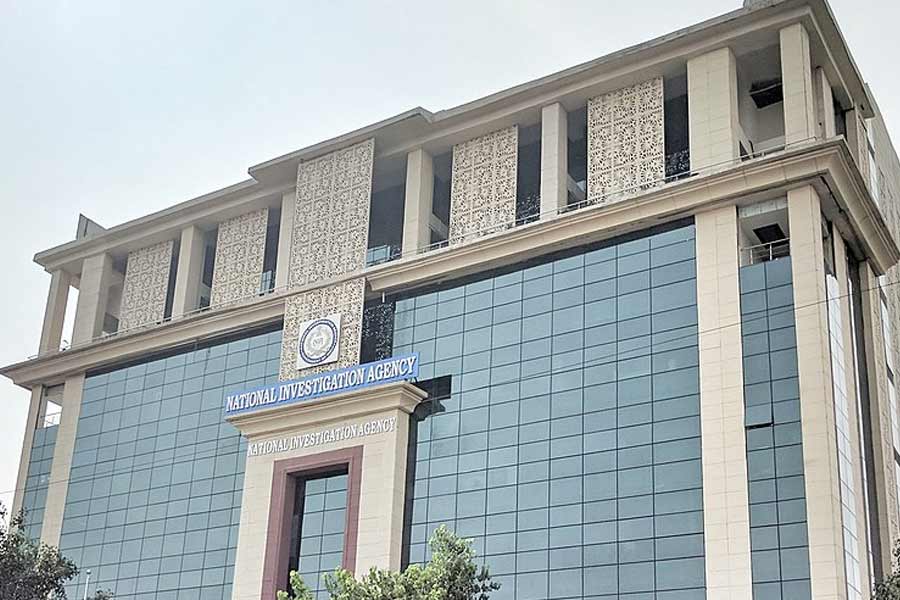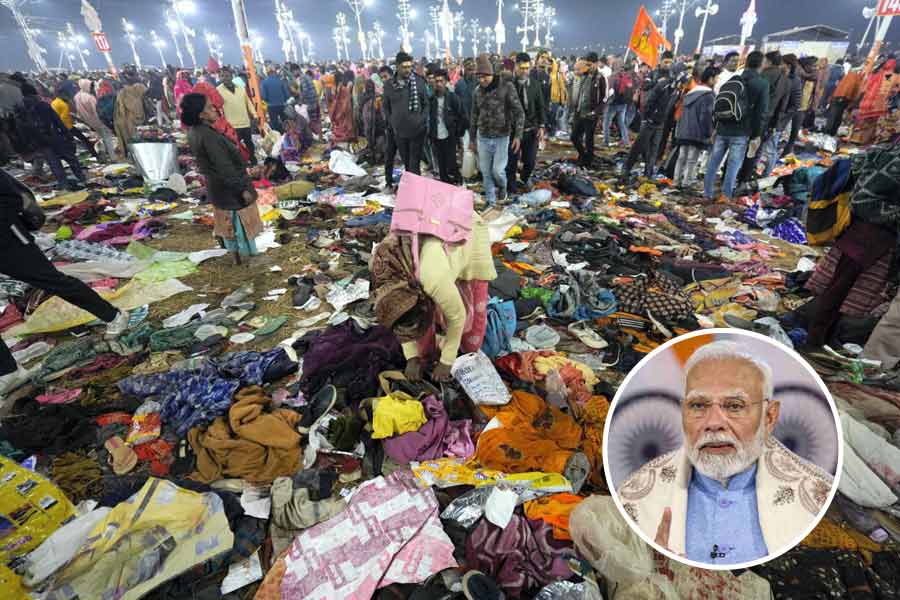School of Lies is a masterclass in storytelling. A seemingly innocuous event, which, of course, assumes catastrophic proportions later, unspools a web of lies, deceit, abuse and murder in this eight-episode series that looks at the bleak underbelly of life in a boarding school. A visually sensory experience, which also remains narratively engaging despite its slow-burn nature, School of Lies examines the anatomy of both lying and loneliness, looking at the toxicity of forced authority and the fallout of swept-under-the-carpet mental health. It’s a compelling piece of work, which pulls no punches and doesn’t make any effort to sugarcoat its bitter, and often brutal, world.
The setting is fictional Dalton Town, a sleepy hill station somewhere upcountry, which contributes immensely to the atmospherics as well as to the surrealistic frames that define this Disney+Hotstar show, brought alive by the lens of Avinash Arun Dhaware, who is also its director.
At the outset, we get to know that the kids are not all right at the town’s posh River Isaac School of Education (in short, RISE). Twelve-year-old Shakti Salgaonkar (Vir Pachisia) is nowhere to be found, and what seems like a harmless case of bunking classes metamorphoses into a full-blown ‘missing person’ case by the end of the day. The school’s math teacher Samuel (Aamir Bashir) feels directly responsible, being the housemaster of Rajpat House that Shakti belongs to. The school’s newly employed counseller Nandita (Nimrat Kaur) starts questioning the students, unable to shake off the nagging feeling that something is grossly amiss. Shakti’s devastated mother Trisha (Geetika Vidya Ohlyan) arrives in town, and all the while, the body language and behaviour of senior students Vikram (Varin Roopani) and TK (Aryan Singh Ahlawat) suggest that this is far, far more than just a child gone AWOL.
In fact, Shakti going missing is simply a smokescreen for Dhaware and co-creator Ishani Banerjee, along with the writing team of Nishant Agarwala and Shoaib Nazeer, to gradually peel away the layers of an intense narrative. Everyone in the series — especially the ones at RISE, both student and teacher — have secrets, which compel them to lie. In fact, an examination of the psychology of lying (and hence, the title) is at the centre of School of Lies.
The microcosm of the boarding school emerges as a powerful weapon for the series to shine a light on larger issues. Over eight potent episodes, School of Lies looks at childhood trauma, casual parenting, acute neglect and generational guilt to craft a story which elevates it from a simple whodunit. Shakti’s disappearance brings an already teetering system, defined by dysfunction, crashing down like a house of cards.
The freedom to tell the story in a detailed format enables the makers to etch out the background of each of the key players, with what they have undergone in the past informing their actions in the present. Moral conflict lies at the heart of the motivation of each character, and as the show goes forward, it unravels a series of troubled, twisted individuals. But it is to the credit of the writing that, as a viewer, you are not repulsed by anyone for what they do. For it is the circumstances, sometimes beyond their control and sometimes within it, that compel most of them to act out.
Each of these characters is played by actors who are in complete control of their craft. Nimrat is haunting as Nandita, a victim of generational trauma herself, who finally becomes the custodian of the biggest truth revealed on the show. The younger actors — Pachisia, and particularly Roopani and Ahlawat, are the pillars on which School of Lies (literally and otherwise) rests. Samuel emerges as the most tragic character, with Aamir Bashir’s broken but beautiful portrayal of a man fighting off the demons of his past, being the pick of the performances.
There is never a moment of respite in School of Lies, with an uncomfortable feeling enveloping the audience. But its immersive and engaging writing and world-building ensure that you remain invested till the very end. Each of the characters is broken, and yet authentic and real. The smart twist in the penultimate episode — that forces the audience to go back and re-examine everything that has transpired so far — indicates controlled, sharp writing. Something that we don’t get to see much of. When we do, it demands to be treasured.










